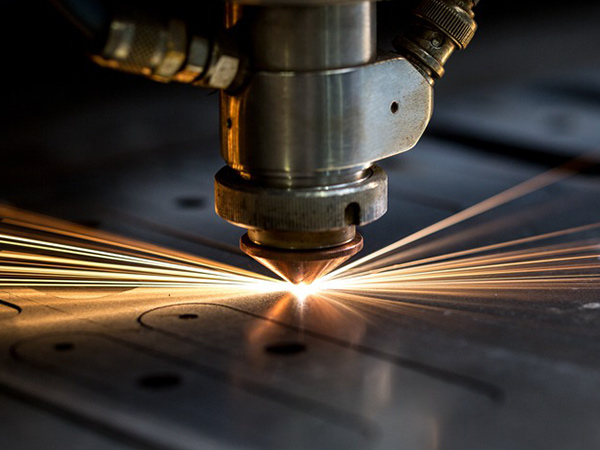The lifespan of a laser cutting machine is influenced by several factors, including the laser source, optical components, mechanical structure, control system, cooling system, and operator skills. Different components have varying lifespans.
The lifespan of a laser cutting machine is influenced by several factors, including the laser source, optical components, mechanical structure, control system, cooling system(industrial chillers), and operator skills. Different components have varying lifespans. With regular maintenance, a laser cutting machine can typically last 5-10 years.
Laser Source Is One of the Core Parts of Laser Cutting Machines
The service life of the laser source depends on its type, quality, and usage conditions. For instance, fiber lasers can last over 100,000 hours, while CO2 lasers have a lifespan of around 20,000-50,000 hours.
Optical Components Also Impact the Laser Cutting Machine's Lifespan
Components such as the focusing lens and mirrors, besides the laser source, are essential. The materials, coatings, and cleanliness of these components influence the machine's lifespan, typically lasting around 1-2 years with proper maintenance.
The Mechanical Structure Also Plays a Role
Components like guide rails, sliders, and gears are crucial. The materials, manufacturing processes, and environment directly or indirectly affect their performance and durability. Regular and appropriate maintenance can extend their lifespan to 5-10 years.
The Influence of Control System
The "control system" comprises components like controllers, servo motors, and drivers, each with distinct functions. The quality of these components and environmental factors influence their overall performance. Proper equipment storage management during daily operations, along with regular maintenance as per specifications, can effectively extend their service life (5-10 years).
The Role of Industrial Chiller
An industrial chiller is an essential cooling system for ensuring the continuous stability of the laser cutting equipment. TEYU industrial chillers feature an intelligent control system with multiple alarm functions, precisely regulating water temperature for optimal temperature control, ensuring the laser cutting machine operates at its best to enhance its overall performance and effectively prolong its lifespan.
The Importance of Operator Skills
Qualified technicians are essential to comprehend and execute the laser cutting machine's operational guidelines correctly. They can promptly identify equipment faults and handle them accurately, ensuring effective maintenance and care for the laser cutting equipment. Skillful operators significantly influence the machine's lifespan and have a crucial impact on the quality of laser processing.

We're here for you when you need us.
Please complete the form to contact us, and we'll be happy to help you.
Copyright © 2025 TEYU S&A Chiller - All Rights Reserved.